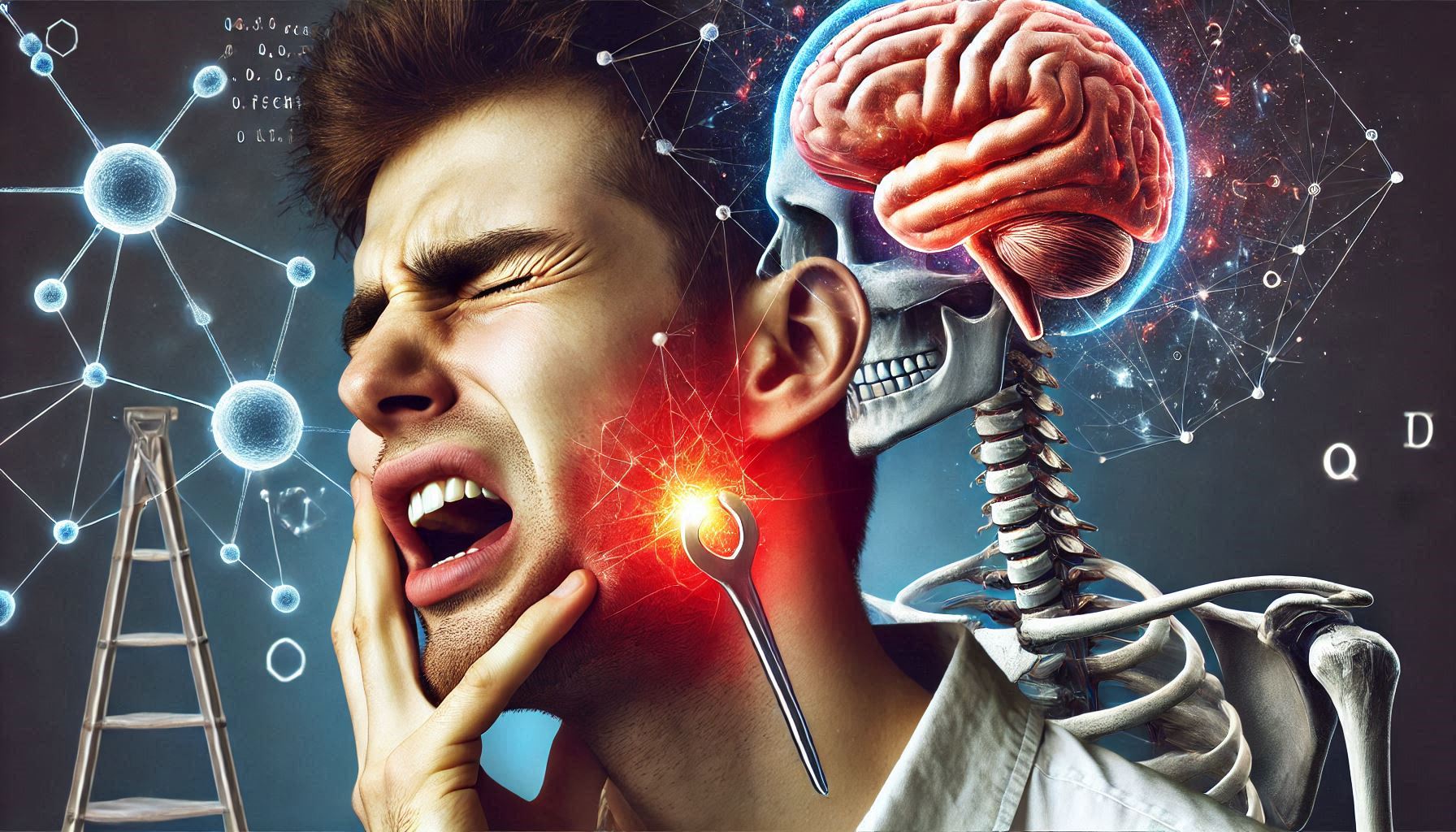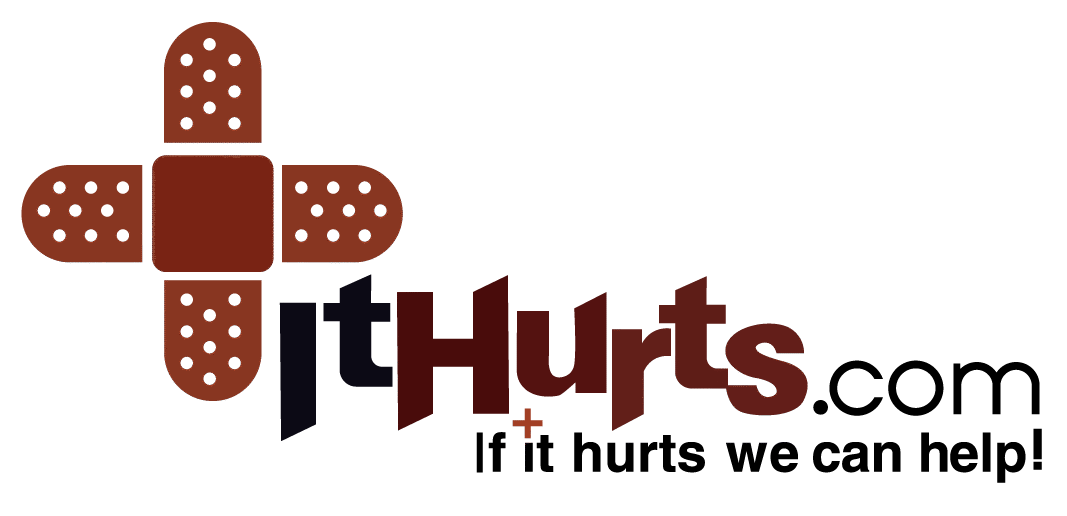Shopping Cart
CloseNo products in the cart.
Filter
closeUnlocking the Jaw: A Comprehensive Guide to Understanding and Recovering from Lockjaw
A Comprehensive Talk on Understanding and Recovering from Lockjaw

Introduction
Lockjaw, medically known as **trismus**, is a condition that limits the ability to open the mouth fully due to a spasm or rigidity of the jaw muscles. While it may sound like a rare or insignificant problem, it can significantly affect daily life, making tasks such as eating, speaking, and even breathing challenging. Understanding the causes, symptoms, and recovery options is crucial for effectively managing and overcoming this condition.
What Is Lockjaw?
Lockjaw is not a disease but rather a symptom of an underlying issue. It occurs when the muscles responsible for jaw movement become stiff or stuck, preventing the jaw from opening or closing properly. In severe cases, it can also involve pain and swelling, further restricting movement.
Common Causes of Lockjaw
- Tetanus Infection:
Tetanus, a bacterial infection caused by *Clostridium tetani*, is a well-known cause of lockjaw. The bacteria release a toxin that affects nerve function, leading to prolonged muscle contractions.
- Temporomandibular Joint (TMJ) Disorders:
TMJ dysfunction can result in pain and stiffness in the jaw, often leading to lockjaw episodes.
- Dental Issues:
– Impacted wisdom teeth
– Infections or abscesses in the gums or teeth
– Trauma during dental surgery
- Trauma or Injury:
Direct injuries to the face or jaw can damage the muscles, joints, or nerves, causing restricted movement.
- Medications or Radiation Therapy:
Radiation to the head or neck for cancer treatment can cause fibrosis of tissues, while certain medications may lead to muscle rigidity.
- Neurological Conditions:
Disorders like Parkinson’s disease, multiple sclerosis, or stroke can contribute to jaw stiffness.
Recognizing the Symptoms
The symptoms of lockjaw can vary in intensity, but common signs include:
– Difficulty Opening or Closing the Mouth:
This is the hallmark symptom, often accompanied by pain.
– Jaw Stiffness or Rigidity:
The muscles around the jaw may feel tight or unyielding.
– Pain in the Jaw, Ears, or Neck:
Radiating pain can complicate the condition, making movement even harder.
– Headaches:
The tension in the jaw muscles often extends to the temples, causing headaches.
– Swelling Around the Jaw:
Localized swelling may accompany the stiffness, particularly if an infection is the underlying cause.
– Clicking or Popping Sounds:
If TMJ disorders are involved, sounds during jaw movement are common.
Diagnosing Lockjaw
A proper diagnosis involves a detailed examination by a healthcare professional. Diagnosis methods may include:
– Physical Examination:
The doctor will assess jaw movement, muscle tension, and swelling.
– Medical History Review:
Discussing recent surgeries, injuries, or infections can help pinpoint the cause.
– Imaging Tests:
X-rays, CT scans, or MRIs may be ordered to examine the jaw joints, muscles, and surrounding structures.
– Blood Tests:
If tetanus or another infection is suspected, blood tests can confirm the diagnosis.
Recovery and Treatment Options
The road to recovery depends on the underlying cause of the lockjaw. Here’s a detailed look at various approaches:
1. Immediate First Aid for Lockjaw
– Hot or Cold Compresses:
Apply a warm compress to relax stiff muscles or a cold compress to reduce inflammation.
– Over-the-Counter Pain Relievers:
Medications like ibuprofen can alleviate pain and inflammation.
– Jaw Exercises:
Gentle stretching exercises can improve mobility and relieve stiffness (more on this below).
2. Medical Treatments
– Tetanus Immunoglobulin:
For tetanus-related lockjaw, immunoglobulin injections are critical to neutralizing the toxin.
– Muscle Relaxants:
Prescription relaxants, such as benzodiazepines, can help ease muscle tension.
– Corticosteroid Injections:
These are used to reduce severe inflammation in the jaw.
– Botox Therapy:
In cases of TMJ dysfunction or chronic muscle spasms, Botox injections may provide relief.
– Surgical Interventions:
If a structural problem, such as a misaligned jaw or scar tissue, is the root cause, surgery might be necessary.
3. Physical Therapy
Physical therapy can be highly effective in managing and recovering from lockjaw. Therapists may recommend:
– Stretching Exercises:
– Place your fingers between your teeth and gently try to increase the gap over time.
– Use resistance exercises to strengthen jaw-opening muscles.
– Massage Techniques:
Massage the jaw muscles in circular motions to improve blood flow and relieve tension.
– Ultrasound Therapy:
Ultrasound heat treatments can reduce muscle stiffness and pain.
Preventing Lockjaw
Prevention is always better than cure. Here are some tips to minimize your risk:
– Stay Up-to-Date on Tetanus Vaccines:
A tetanus booster every 10 years is essential for preventing lockjaw from tetanus.
– Practice Good Dental Hygiene:
Regular dental check-ups and cleanings can prevent infections that might lead to lockjaw.
– Use Protective Gear:
When engaging in sports or activities where facial injury is possible, wear appropriate protective gear.
– Address TMJ Problems Early:
Seek prompt treatment for TMJ issues to prevent complications like lockjaw.
4. Dietary Modifications
Lockjaw can make chewing difficult, so adjusting your diet during recovery is essential:
– Soft Foods:
Consume mashed potatoes, smoothies, yogurt, soups, and scrambled eggs to avoid straining the jaw.
– Avoid Hard or Chewy Foods:
Foods like nuts, raw vegetables, and tough meats should be avoided until full mobility is restored.
– Stay Hydrated:
Drinking plenty of fluids keeps muscles hydrated and promotes healing.
5. Home Remedies and Lifestyle Changes
– Stress Management:
Stress often exacerbates jaw tension. Incorporate relaxation techniques like meditation or yoga into your routine.
– Posture Improvement:
Poor posture can strain jaw muscles. Sit upright and avoid cradling the phone between your shoulder and ear.

Final Thoughts:
Lockjaw can feel overwhelming, but with the right diagnosis and treatment plan, recovery is entirely achievable. By understanding the causes and implementing strategies ranging from medical interventions to home care, you can regain control and restore full jaw function.
If you’re struggling with lockjaw, don’t wait—consult a healthcare professional to address the issue early and get back to enjoying everyday life.
Remember, the key to recovery lies in persistence and patience. Start small with exercises, stay consistent with your treatment, and you’ll be on your way to a pain-free life.
Call to Action
Do you or a loved one suffer from lockjaw? Share your experiences in the comments, or visit ItHurts.com for more resources, exercises, and expert advice on managing chronic pain and discomfort. Together, let’s work toward unlocking a better tomorrow!
ItHurts.com is your ally in your endeavor to live pain-free. We offer guidance, resources, and community support to address chronic pain, emotional stress, and physical discomfort. Discover insightful articles, product reviews, recommendations and shared experiences to empower your journey to better health. Remember, if it hurts, we can help!
Related Products
No posts found!
Related Blogs
No posts found!
